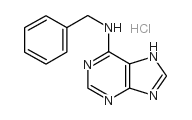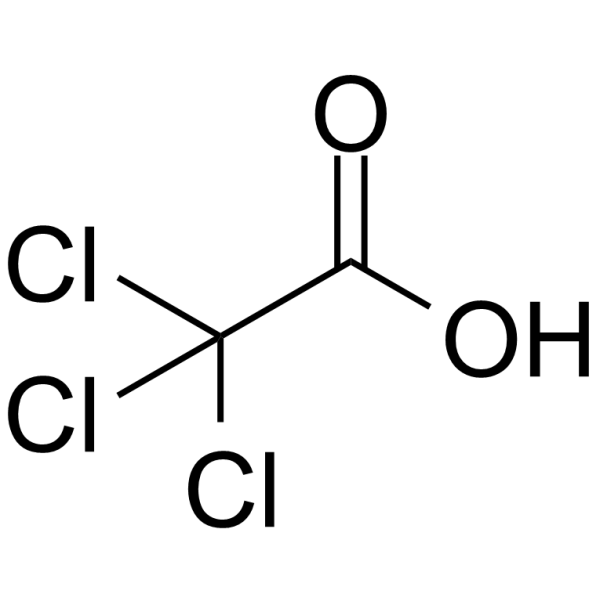| Structure | Name/CAS No. | Articles |
|---|---|---|
 |
Sodium hydroxide
CAS:1310-73-2 |
|
 |
sodium chloride
CAS:7647-14-5 |
|
 |
3-Ethyl-2,4-pentanedione
CAS:1540-34-7 |
|
 |
11-pyrrol-1-ylundecane-1-thiol
CAS:141779-05-7 |
|
 |
6-benzylaminopurine
CAS:162714-86-5 |
|
 |
SODIUM CHLORIDE-35 CL
CAS:20510-55-8 |
|
 |
Trichloroacetic acid
CAS:76-03-9 |